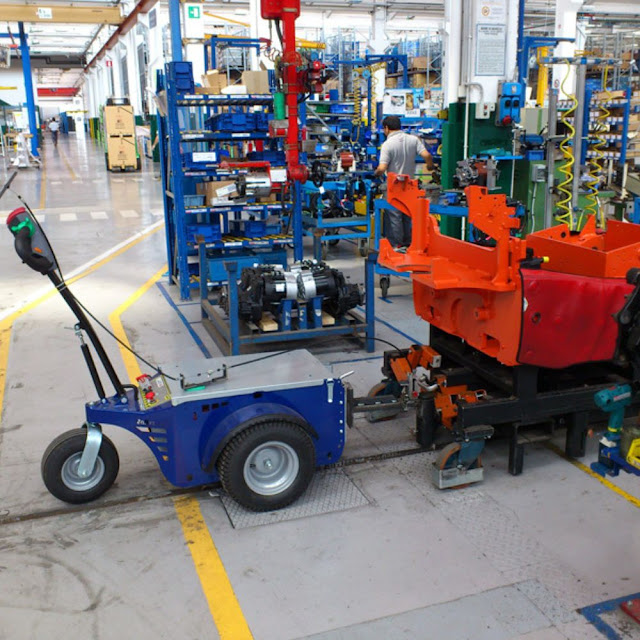Optimizing Warehouse Flow: Your 2024 Tugger Carts Guide
A warehouse operation's success depends on its efficiency in a dynamic environment. One indispensable tool that has revolutionized material handling within warehouses is the tugger cart. Tugger carts have become a staple in modern warehouses, offering versatility, flexibility, and enhanced productivity. In this comprehensive guide, we will delve into everything you need to know about tugger carts to optimize your warehouse flow in 2024 and beyond.
What are Tugger Carts?
Tugger carts, also known as tug carts or tow carts, are wheeled vehicles designed to transport materials within a warehouse or distribution center. They are typically pulled by automated guided vehicles (AGVs), tugger trains, or manually by operators using electric or manual taggers.
Types of Tugger Carts
Standard Tugger Carts:
These are basic, manually operated carts designed for moving materials manually within a warehouse. They are versatile and can be used for various applications.
Automated Tugger Carts:
These carts are designed to be pulled by AGVs or tugger trains. They are equipped with sensors and interfaces that allow them to be seamlessly integrated into automated material handling systems.
Benefits of Tugger Carts
Improved Efficiency:
Tugger carts streamline material movement processes, reducing the time and effort required to transport goods within the warehouse.
Flexibility:
Tugger carts can be easily configured and adapted to different warehouse layouts and workflows, making them highly versatile.
Increased Safety:
By reducing manual handling and minimizing the risk of accidents, tugger carts contribute to a safer working environment for warehouse personnel.
Enhanced Productivity:
With the ability to transport multiple carts simultaneously, tugger systems enable higher throughput and productivity levels compared to traditional material handling methods.
Key Features to Consider
Payload Capacity:
Choose tugger carts with sufficient payload capacity to accommodate the weight and dimensions of your materials.
Maneuverability:
Opt for carts with swivel casters or articulated steering mechanisms for enhanced maneuverability in tight spaces.
Durability:
Select carts made from robust materials that can withstand the rigors of daily warehouse operations.
Compatibility:
Ensure that your tugger carts are compatible with your existing material handling equipment and systems.
Best Practices for Tugger Cart Usage
Optimize Route Planning:
Plan efficient routes for tugger carts to minimize travel time and maximize productivity.
Regular Maintenance:
Implement a proactive maintenance schedule to keep tugger carts in optimal working condition and prevent downtime.
Operator Training:
Provide comprehensive training to operators on the safe and efficient use of tugger carts to minimize the risk of accidents and injuries.
Continuous Improvement:
Regularly review and analyze your warehouse processes to identify areas for improvement and optimize tugger cart usage accordingly.
In conclusion, tugger carts play a crucial role in optimizing warehouse flow and enhancing operational efficiency. By understanding their capabilities, features, and best practices, warehouse managers can leverage tugger carts to streamline material handling processes and stay ahead in today's competitive market landscape. As technology continues to evolve, tugger carts will remain a cornerstone of modern warehouse operations, driving productivity and innovation in the years to come.

.jpg)
.jpg)

Comments
Post a Comment